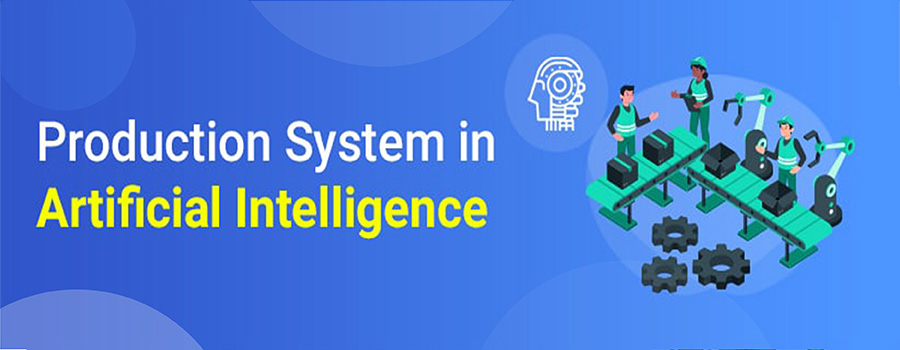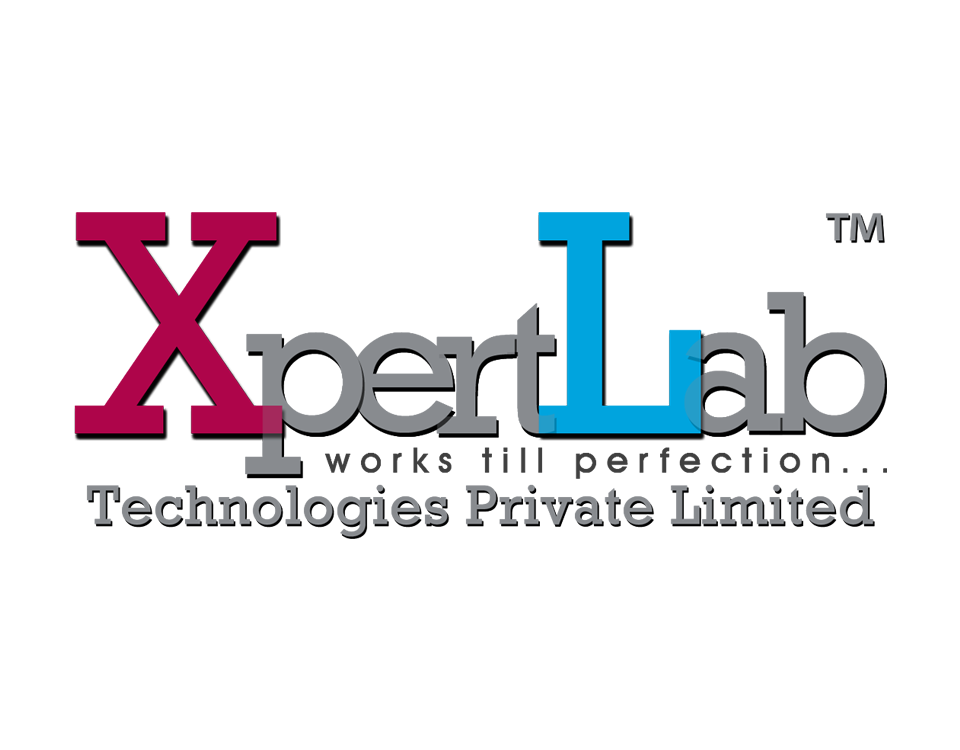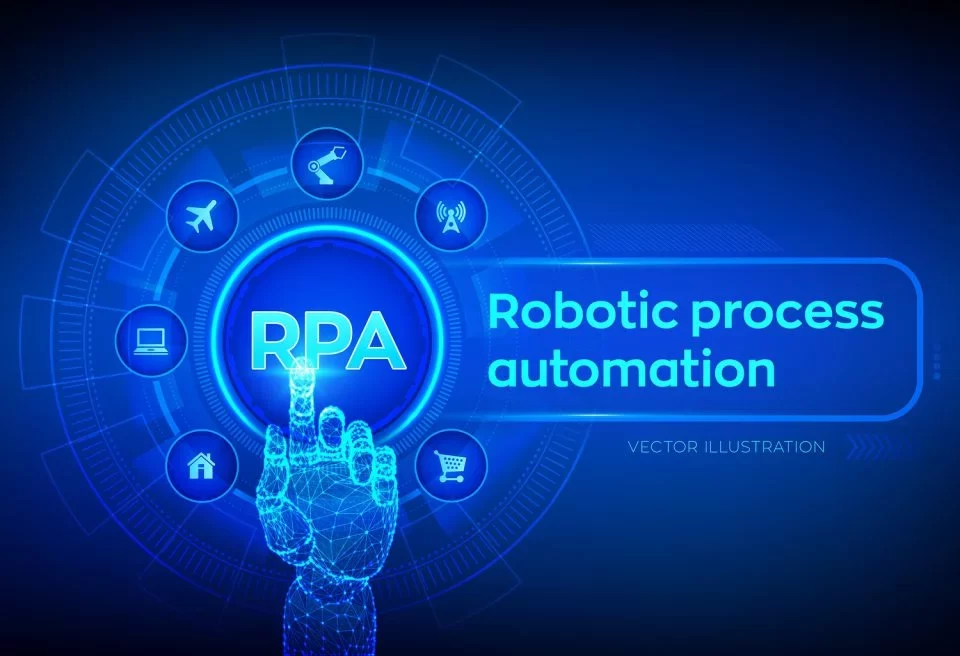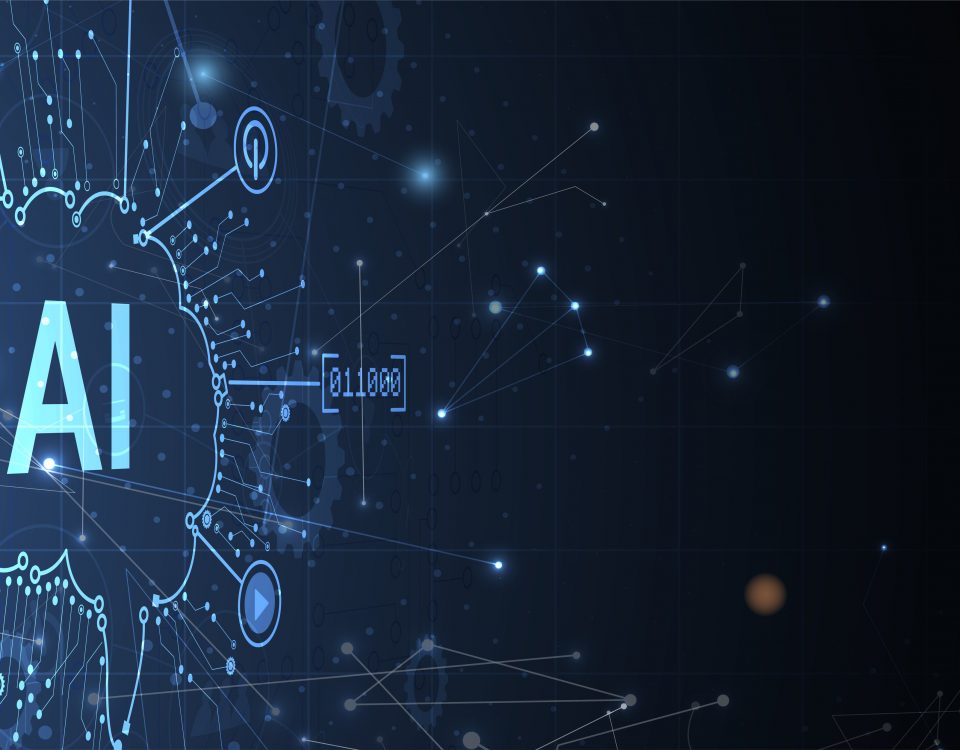Production System in AI

What Is Linux
2nd July 2020
Top 6 Software Testing Trends to Look Out For in 2020
8th July 2020A production system in AI helps create AI-based computer programs. With the help of it, the automation of various types of machines has become an easy task. The types of machines can be a computer, mobile applications, manufacturing tools, or more. The set of rules in a production system defines the behavior of the machine. It helps the machine respond to the surroundings.
A production system in AI is a type of cognitive architecture that defines specific actions as per certain rules. The rules represent the declarative knowledge of a machine to respond according to different conditions.Below is the basic architecture of production systems in AI:
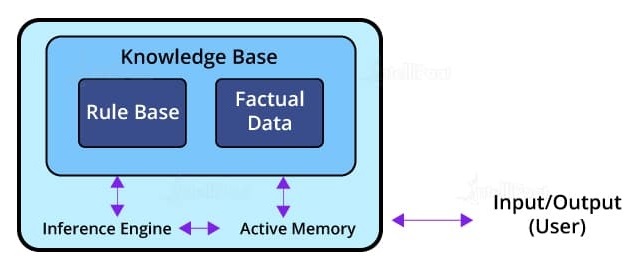
The rules in a production system are determined by LHS (left-hand side) and RHS (right-hand side) equations, where LHS denotes the specific condition to be applied, and RHS shows the output of the applied condition.
Components of a Production System in AI
For making an AI-based intelligent system that performs specific tasks, we need an architecture. The architecture of a production system consists of production rules, a database, and the control system.
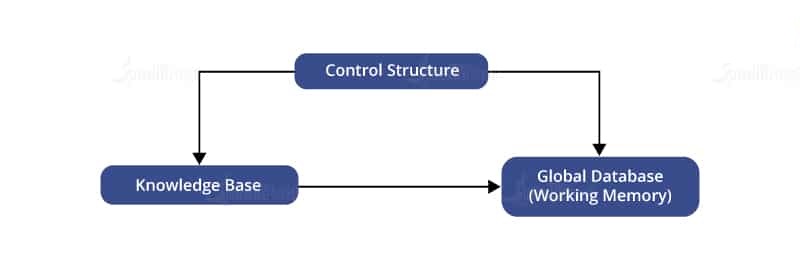
Characteristics of a Production System
There are mainly four characteristics of the production system in AI that is simplicity, modifiability, modularity, and knowledge-intensive.
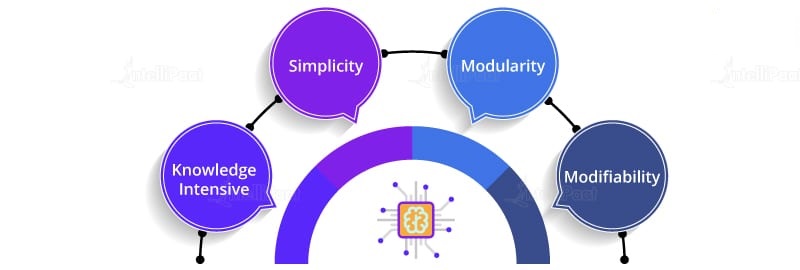
- Simplicity : The production rule in AI is in the form of an ‘IF-THEN’ statement. Every rule in the production system has a unique structure. It helps represent knowledge and reasoning in the simplest way possible to solve real-world problems. Also, it helps improve the readability and understanding of the production rules.
- Modularity : The modularity of a production rule helps in its incremental improvement as the production rule can be in discrete parts. The production rule is made from a collection of information and facts that may not have dependencies unless there is a rule connecting them together. The addition or deletion of single information will not have a major effect on the output. Modularity helps enhance the performance of the production system by adjusting the parameters of the rules.
- Modifiability : The feature of modifiability helps alter the rules as per requirements. Initially, the skeletal form of the production system is created. We then gather the requirements and make changes in the raw structure of the production system. This helps in the iterative improvement of the production system.
- Knowledge-intensive : Production systems contain knowledge in the form of a human spoken language, i.e., English. It is not built using any programming languages. The knowledge is represented in plain English sentences. Production rules help make productive conclusions from these sentences.
Disadvantages of a Production System
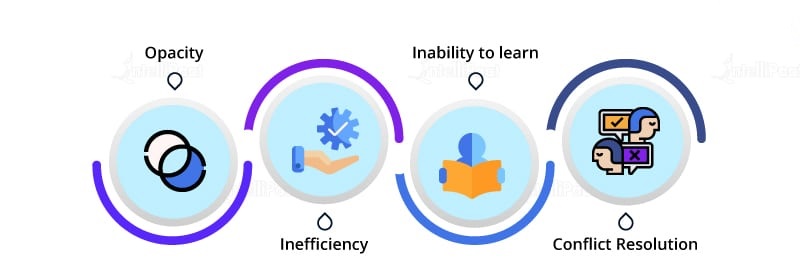
- Opacity : Communication between the rule interpreter and the production rules creates difficulty for the understanding of the control system and its strategies. This condition arises due to the impact of the combined operation of the control program. There exist difficulties in understanding the hierarchy of operations.
- Inefficiency : There are various rules that we employ for solving a problem. The rules can be effective in different ways. There are conditions where multiple rules get activated during execution. All the individual rules apply exhaustive searches in each cycle that reduces the efficiency of the production system.
- Inability to Learn : A simple production system based on certain rules is not capable of learning through experience, unlike advanced AI systems. They are simply bound to specific rules for actions. We can understand the rules and break them.
- Conflict Resolution : To satisfy a condition, various production rules are employed. The condition may arise when there is a triggering of more than one rule. In that condition, the control system has to determine the best possible rule from the set of conflicting rules. This may reduce the efficiency of the production system.


